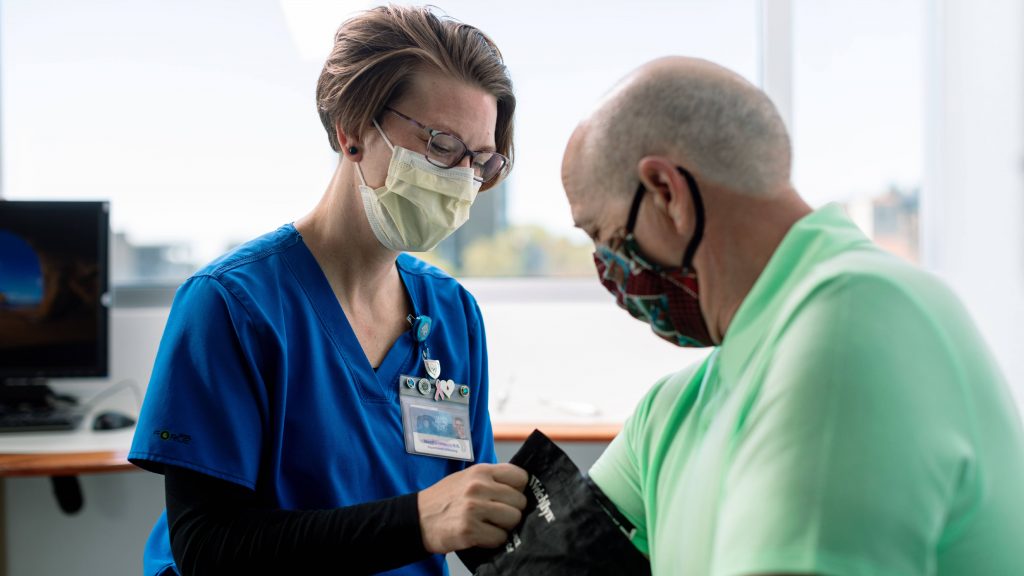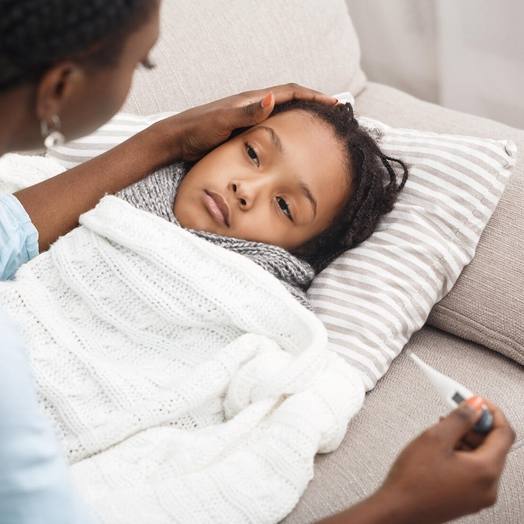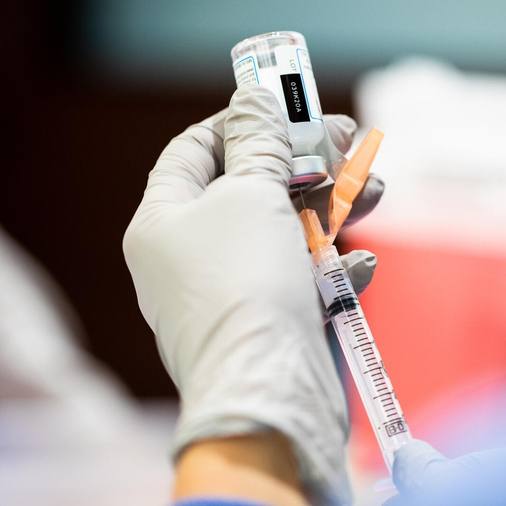-
How to safely go to your doctor during the COVID-19 pandemic

Are you wondering if it's time to schedule those doctor appointments you've been putting off? Restrictions related to coronavirus disease 2019 (COVID-19) are easing in many places, but you may still have concerns about COVID-19. Learn how to stay safe from coronavirus disease 2019 (COVID-19) while getting the care you need.
Do your homework
Before you make an appointment, call the clinic or check its website to find out what's being done to keep people safe during the COVID-19 pandemic. Check for information about:
- Requirements regarding mask wearing by staff and visitors
- Cleaning protocols and sanitizing measures for exam rooms, waiting areas, restrooms, elevators and other frequently touched surfaces
- Social distancing practices at check-in, in waiting areas and in exam rooms
- Limits on the number of people who can be in the clinic at the same time
- Screening questions and temperature checks for staff and visitors at all entrances
- Special measures, spatial isolation or instructions for people who have or may have COVID-19
- How doctors and other staff are using personal protective equipment (PPE)
- Video (telemedicine) appointment options
Before you head to the clinic
Shortly before the day of your appointment, you may get a call from someone at the clinic asking if you have symptoms of COVID-19, such as fever, cough and shortness of breath. If you have symptoms, you may be given specific instructions.
Clinic staff may tell you to bring and wear a mask. Some clinics may also ask that you bring only one person with you to your appointment.
Ask questions you may have about safety procedures. For example, you may want to ask if the clinic can send your bill electronically or by mail. These may be good options so you don't have to worry about picking up germs when you check out at the clinic.
Wear a mask
Remember to follow these standard precautions when you're at the clinic, such as:
- Wear a cloth face mask. Most clinics require that people wear masks during the COVID-19 pandemic. If you don't have one, your clinic may be able to provide you with one.
- Wash your hands with soap and water for at least 20 seconds or use hand sanitizer with 60% alcohol before or after touching any surfaces in public areas, such as in the waiting area.
- Avoid touching your face, including your eyes, nose and mouth.
- Cover your cough or sneeze with a tissue or your elbow, and throw away the tissue. When wearing a mask, cough or sneeze into the mask.
Keep your distance
Aim to keep social distance, or about 6 feet (2 meters) away from others while at the clinic, including when you're in line and in the waiting area. Some clinics have signs or markings on the floor to help visitors maintain physical distancing (social distancing). If an area looks crowded, move to another part of the clinic.
Avoid contact with frequently touched surfaces
Try to avoid contact with frequently touched surfaces, such as doorknobs, elevator buttons and touchpads. While they're cleaned regularly, there's still the chance they have germs on them. Wear gloves or use a tissue to open doors and press elevator buttons. If you need to use a touchpad or touch a commonly used surface, wash your hands or use a hand sanitizer afterward.
Use touchless payment options
When it's time to check out, opt for touchless payment if possible, such as a mobile payment system. If that's not an option, use credit cards, cash or checks, and then use hand sanitizer containing at least 60% alcohol. When you get home, wash your hands well with soap and water.
Try telemedicine for appointments
Ask your doctor about telemedicine appointment options, such as a video consult. It can be an effective way for you to follow-up with your doctor from home. Or you may be able to have a telemedicine appointment instead of an in-person visit. You also may be able to have a phone consult with your doctor. Ask your doctor if you can send secure messages or emails with questions.
Plan ahead for prescriptions
If you have a new prescription or need to refill existing ones, consider mail order. Check with your doctor about getting larger supplies of your prescriptions that last longer and require fewer pharmacy visits. If you need to get a prescription locally, call ahead or order online. Ask if delivery is an option or whether the pharmacy has drive-through or curbside pickup options.
Although it's natural to have concerns about receiving care during the COVID-19 pandemic, it's possible to visit your doctor and be safe.
See how Mayo Clinic is providing safe in-person and virtual care.
This article is written by Mayo Clinic Staff. For the latest updates on the COVID-19 pandemic, check the Centers for Disease Control and Prevention website. For more information and COVID-19 coverage, go to the Mayo Clinic News Network and mayoclinic.org.







